A frenzy shopping spree
While the bustling tourism sector has fueled a considerable surge in demand growth, people who chose to stay at home have opted to dine out, watch movies and enjoy entertainment activities, which all fan the flames of full-fledged consumption acceleration.
An employee at a sauced meat shop at Hangzhou railway station, East China's Zhejiang Province, told the Global Times that as there was "explosive" demand for snacks during return trips, a variety of sauced meat products, including chicken feat and duck neck, were sold out as of 11 am on Wednesday. Wednesday is the last day of the holidays when tourists head home.
According to data released by the Ministry of Commerce, sales of major retail and catering enterprises jumped 18.9 percent from a year earlier during the holiday. And key food chains saw revenues uptick by 57.9 percent year-on-year.
Data from food delivery platform Meituan showed that in the first three days of the May Day holidays, the online daily consumption volume mushroomed 133 percent compared with 2019.
Moreover, the long break also witnessed a surge in the number of moviegoers. China's holiday box-office revenue had reached 1.4 billion yuan as of 1 pm Wednesday, Chinese ticketing platform Maoyan showed, compared with 1.5 billion in 2019.
The May Day holidays serve as a yardstick for consumption. The flurry of data reflects that this year's holiday are set to be "most prosperous," ever since the data start was recorded in 2017.
"Banking on positive momentum during the holidays, retail sales growth is expected to post a double-digit rate in the second quarter, and contribute to near 80 percent of GDP [for the quarter]," Tian Yun, former vice director of the Beijing Economic Operation Association, told the Global Times on Wednesday.
He expects the positive numbers will buttress China's first-half GDP to expand at 5.5 percent. And in the secondhalf, the revved-up economic engine would steer the Chinese economy over multiple headwinds including waning external demand and the spillover effect of a potential US finance crisis, likely propelling GDP growth to land at over 5 percent for the whole year, Tian noted.











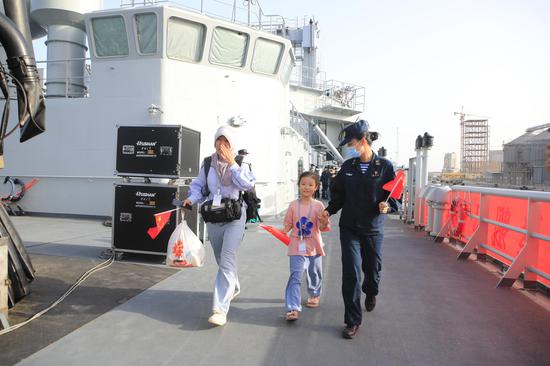
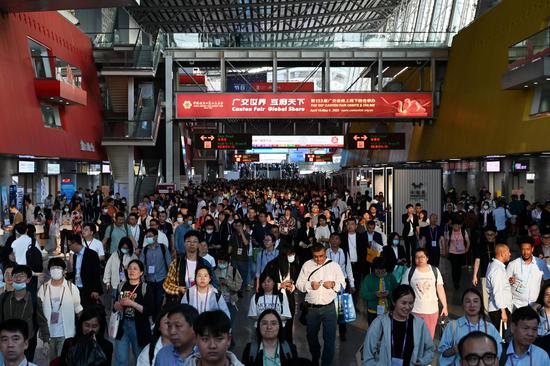

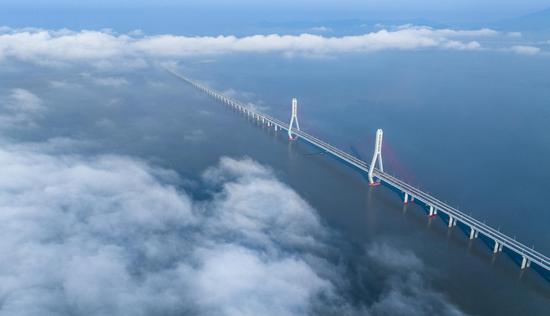

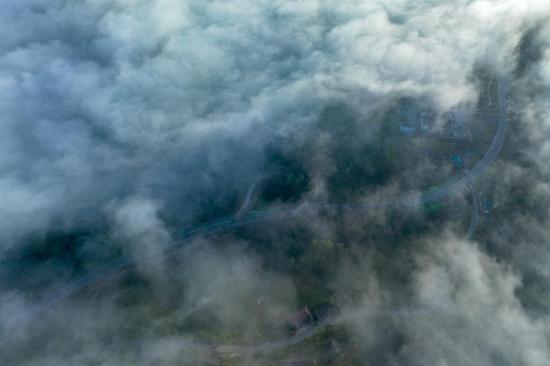
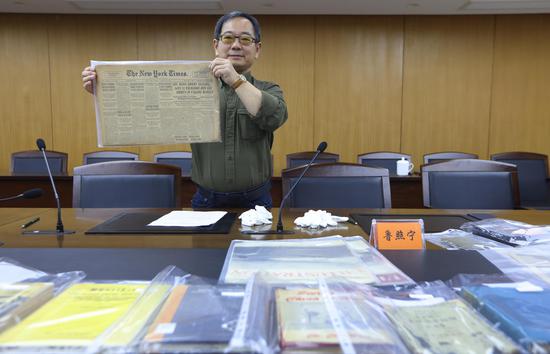








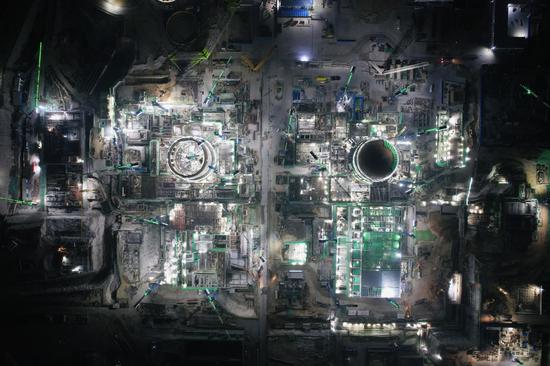
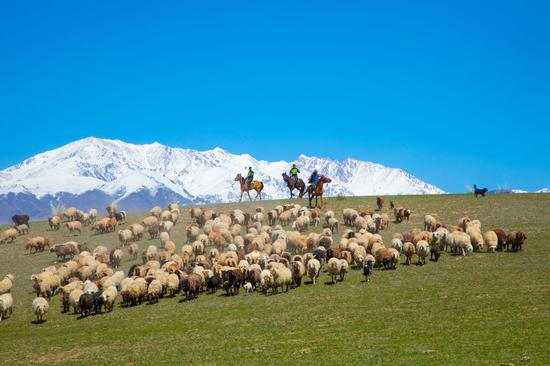











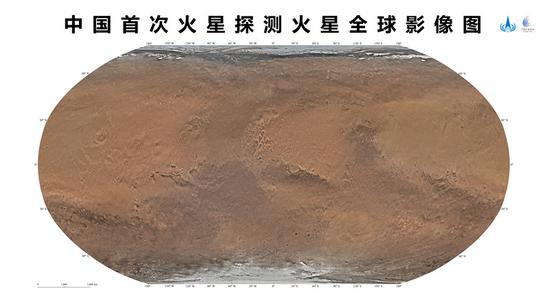

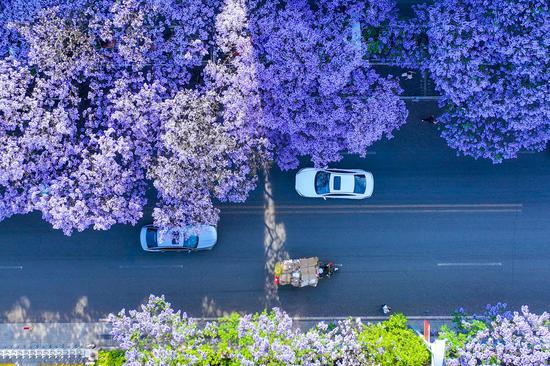
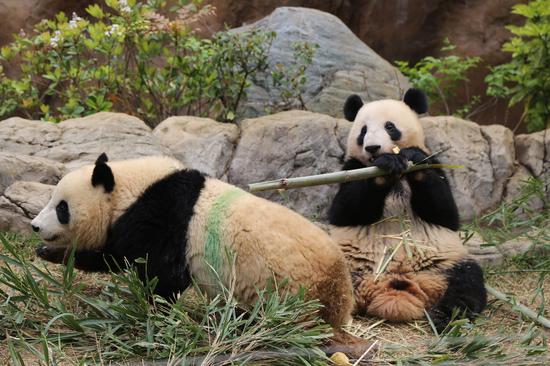
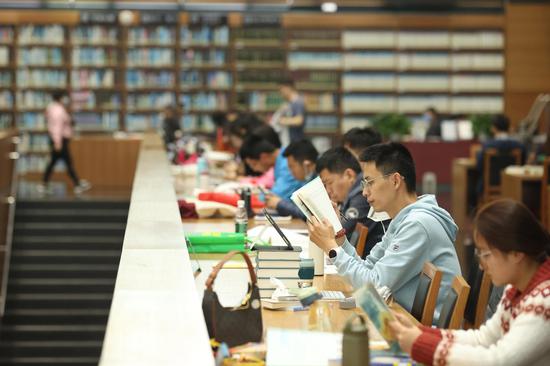






 京公网安备 11010202009201号
京公网安备 11010202009201号